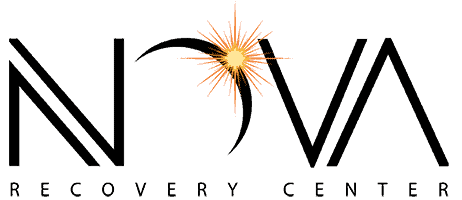Krokodil Addiction: Symptoms, Withdrawal, and Treatment
GET HELP TODAY!
100% Confidentiality Guaranteed
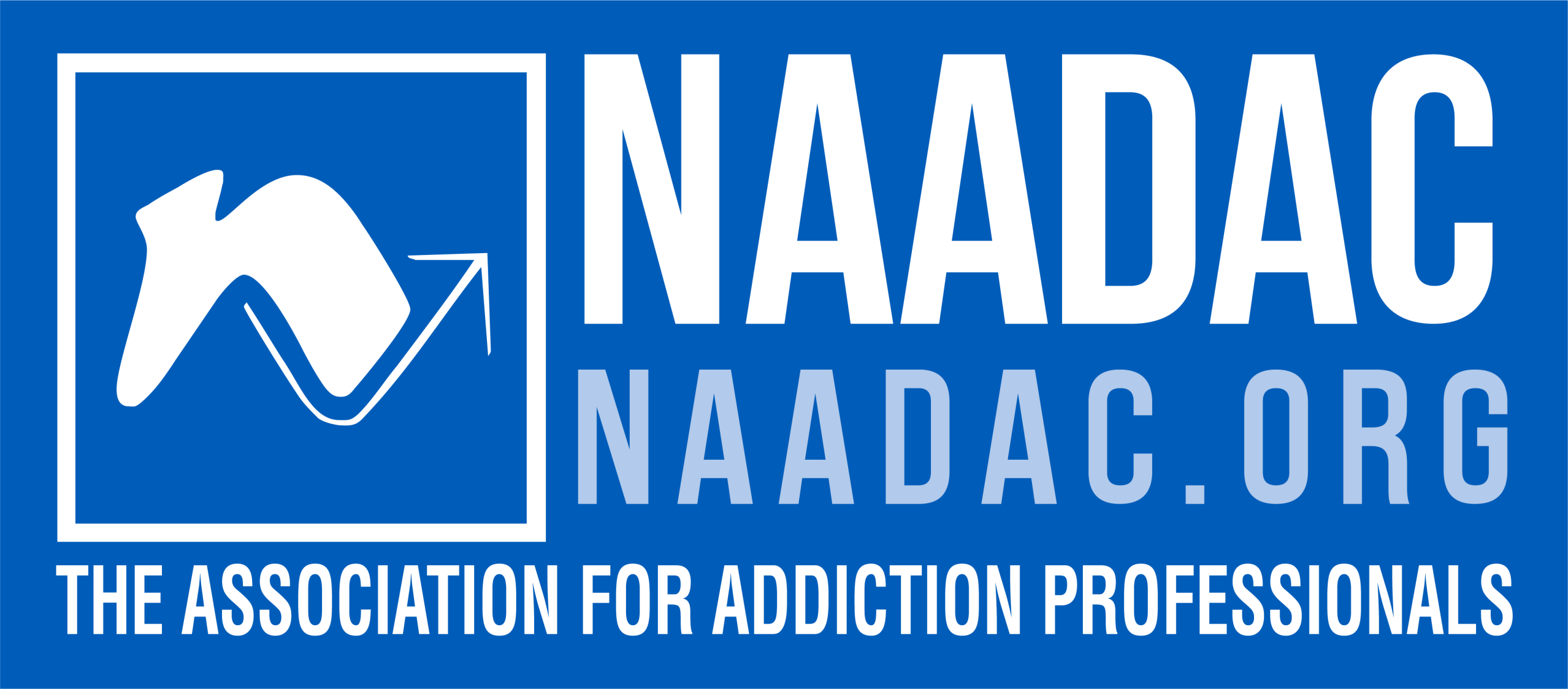
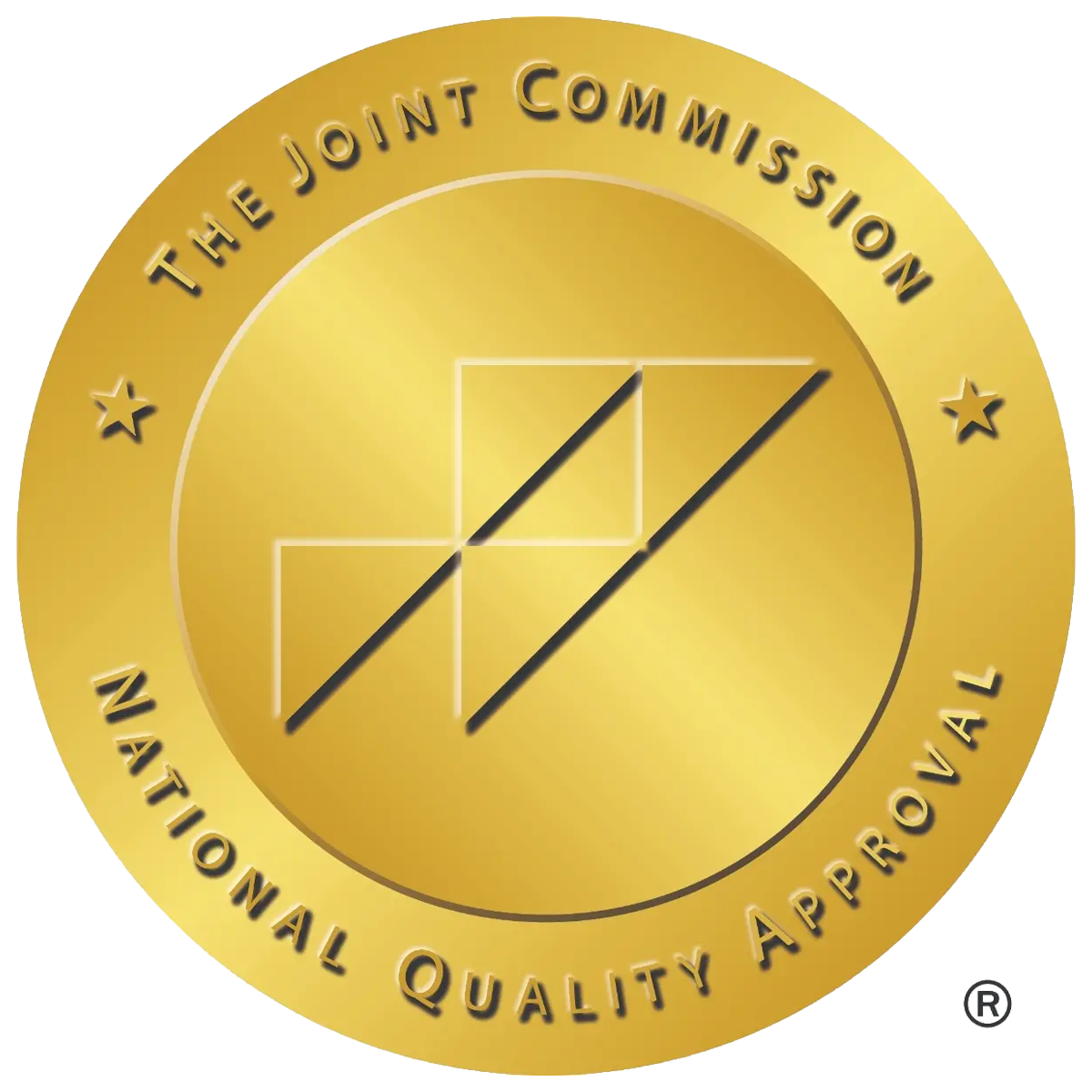
What Is Krokodil (Desomorphine)?
Krokodil, also known as desomorphine, is an illicit street drug made from codeine and toxic household chemicals. Originally developed in 1935 for pain relief, it is now a highly dangerous, addictive opioid that causes devastating side effects. It gets its name from the discolored, scaly skin—similar to a crocodile—that often appears at injection sites.
While desomorphine was once used medically, it is no longer legal in the United States and is classified as a Schedule I controlled substance. According to the National Institute on Drug Abuse, such substances have a high potential for addiction and abuse and no accepted medical use. Users typically inject the drug to achieve a quick and intense high, but the effects are short-lived and extremely harmful.
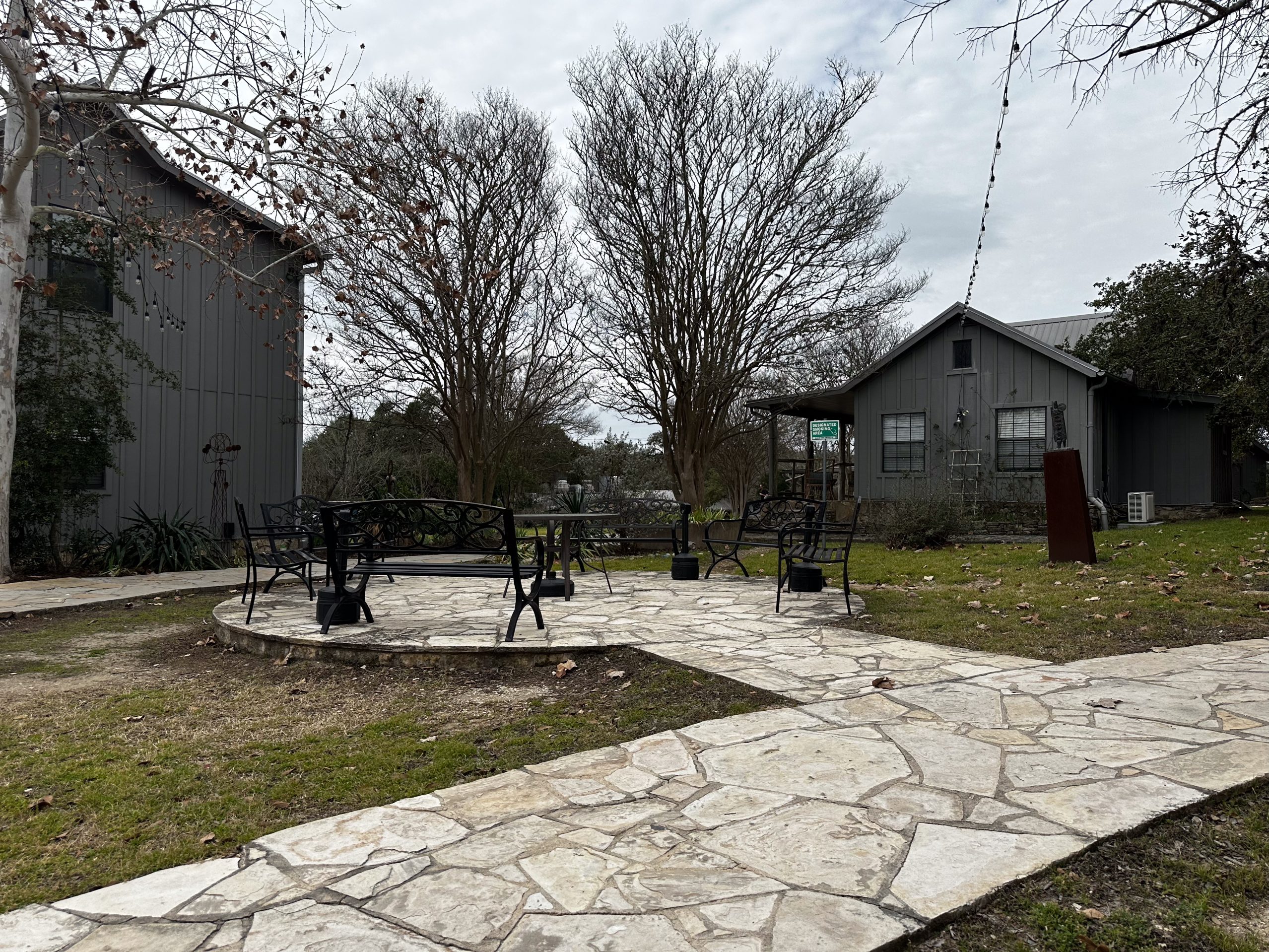

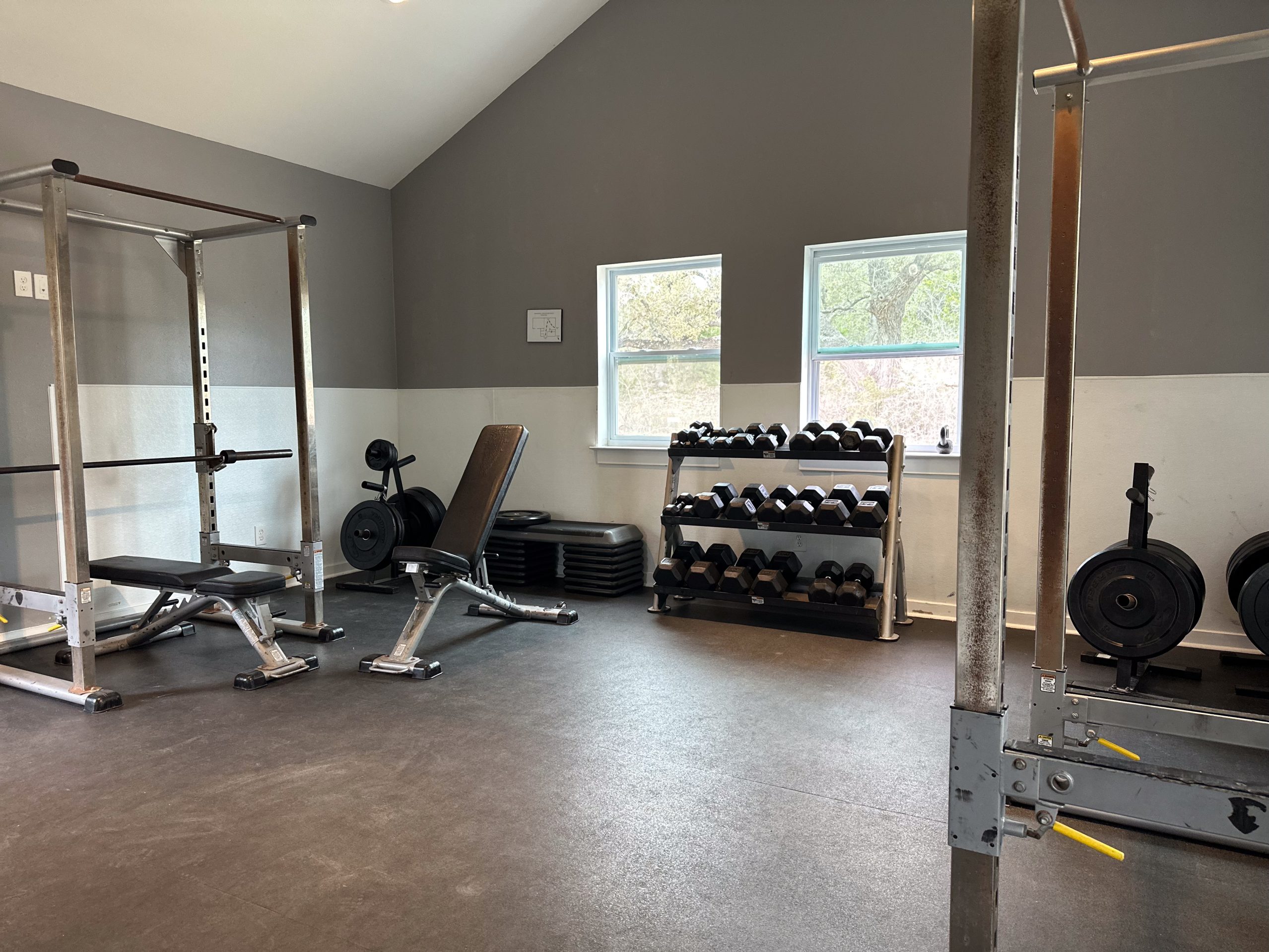
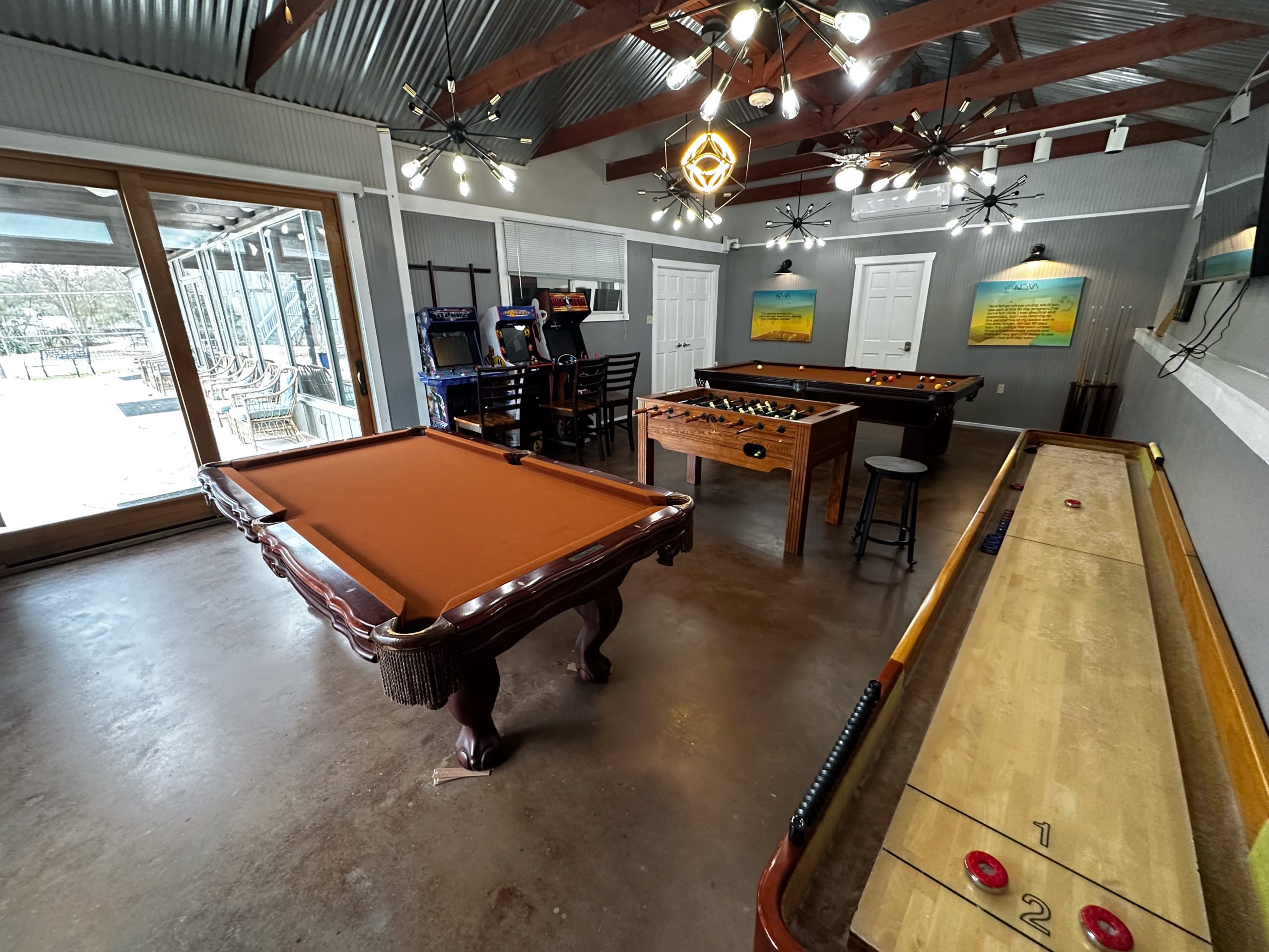
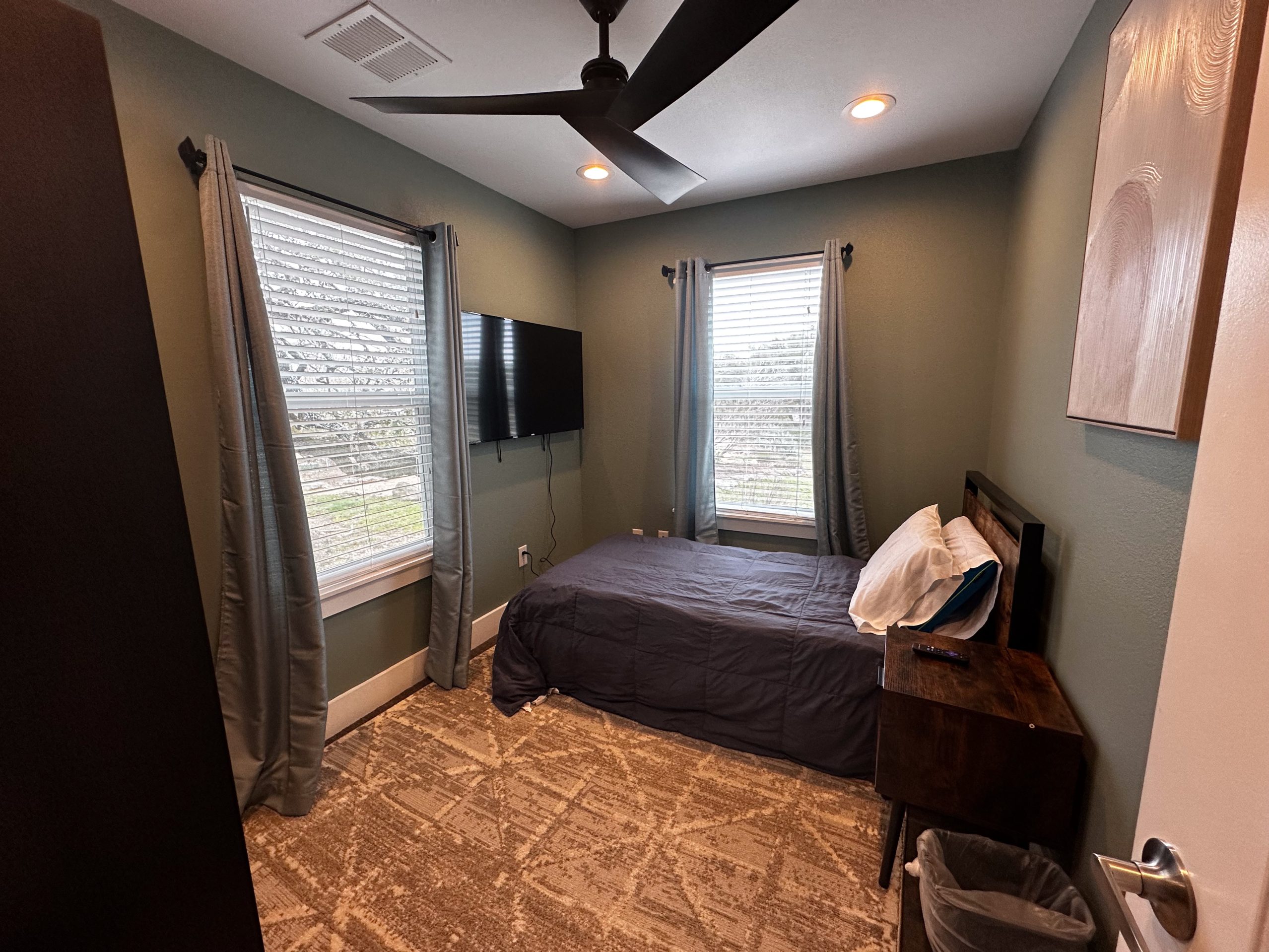

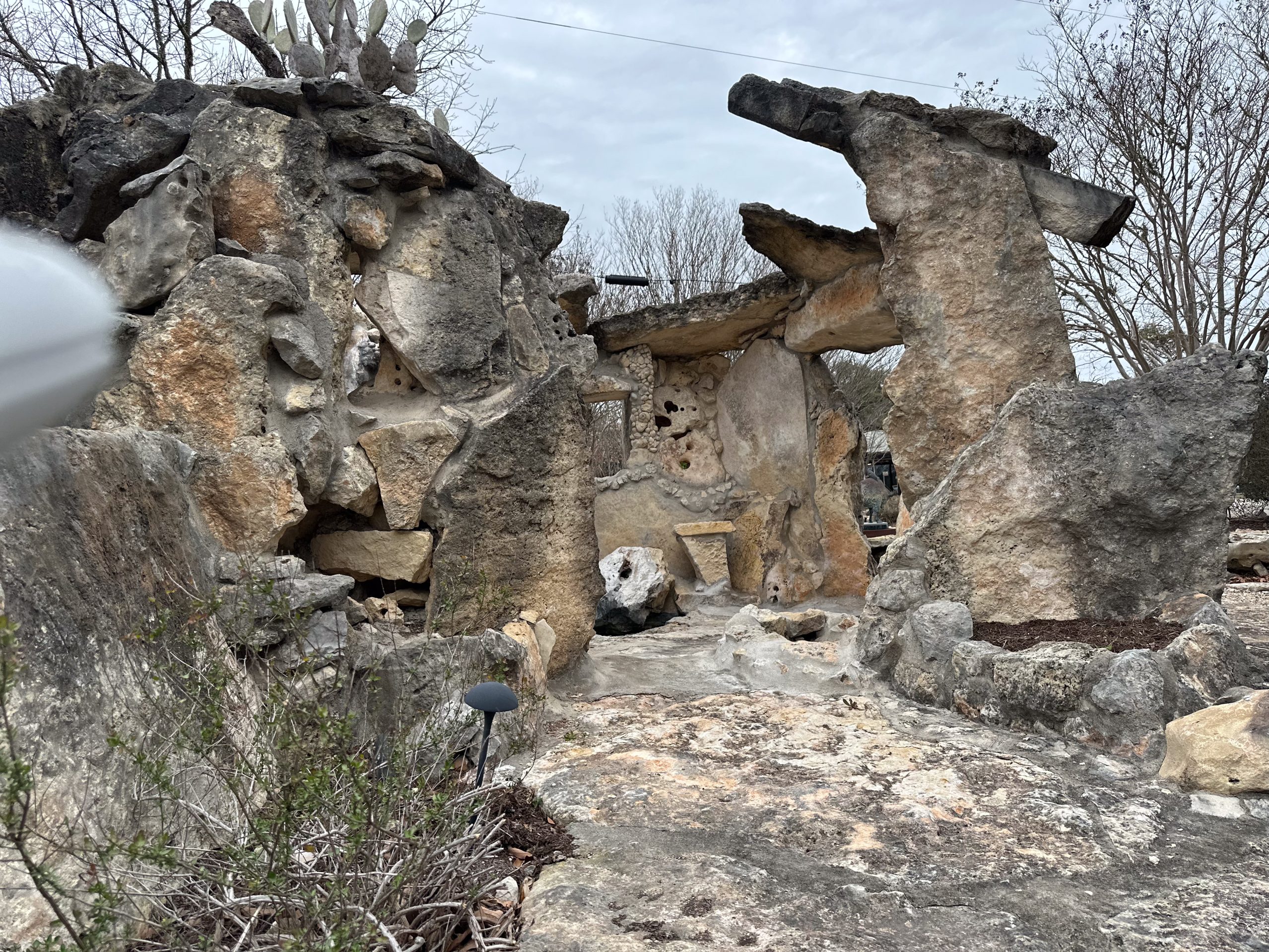
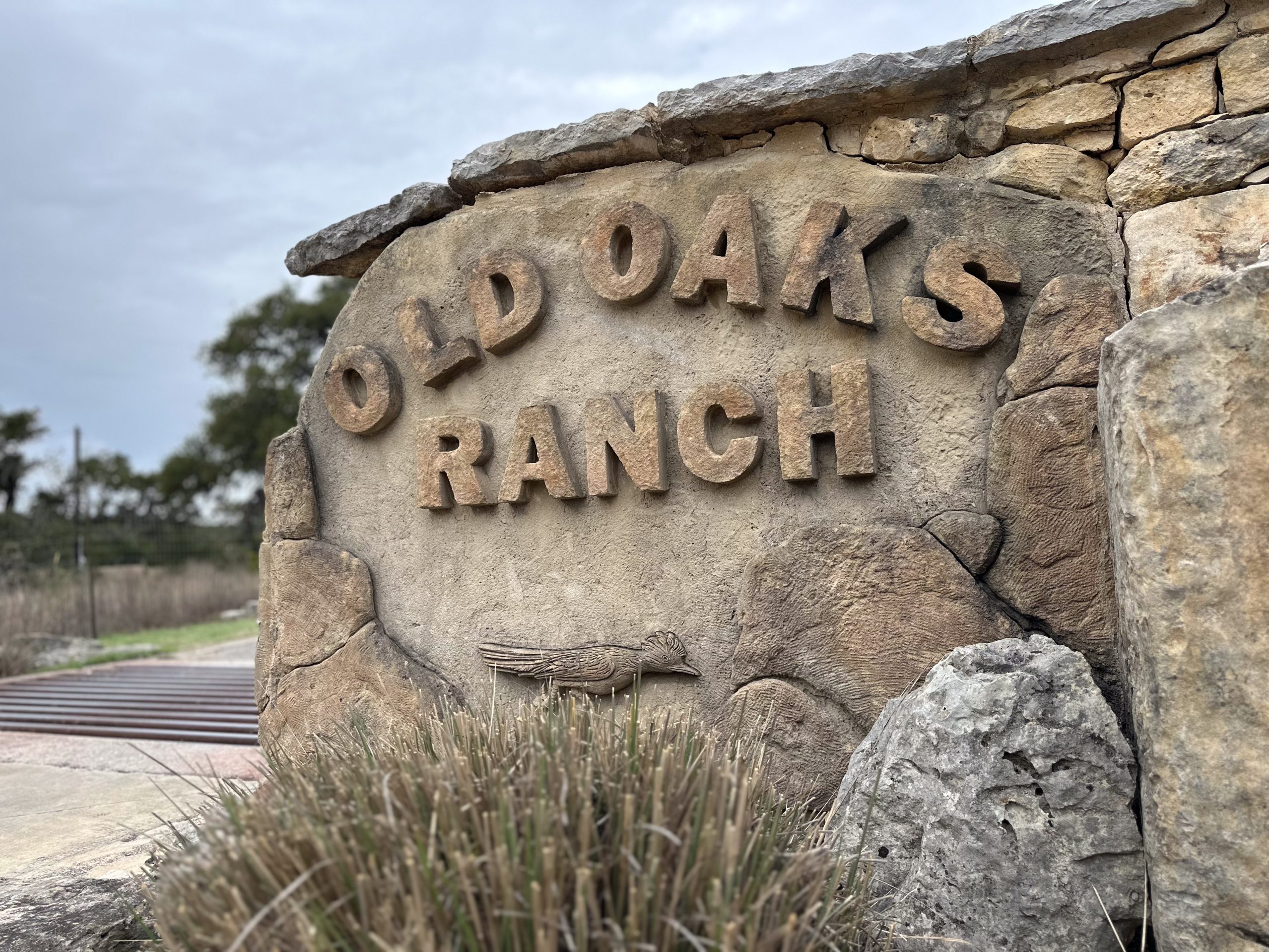
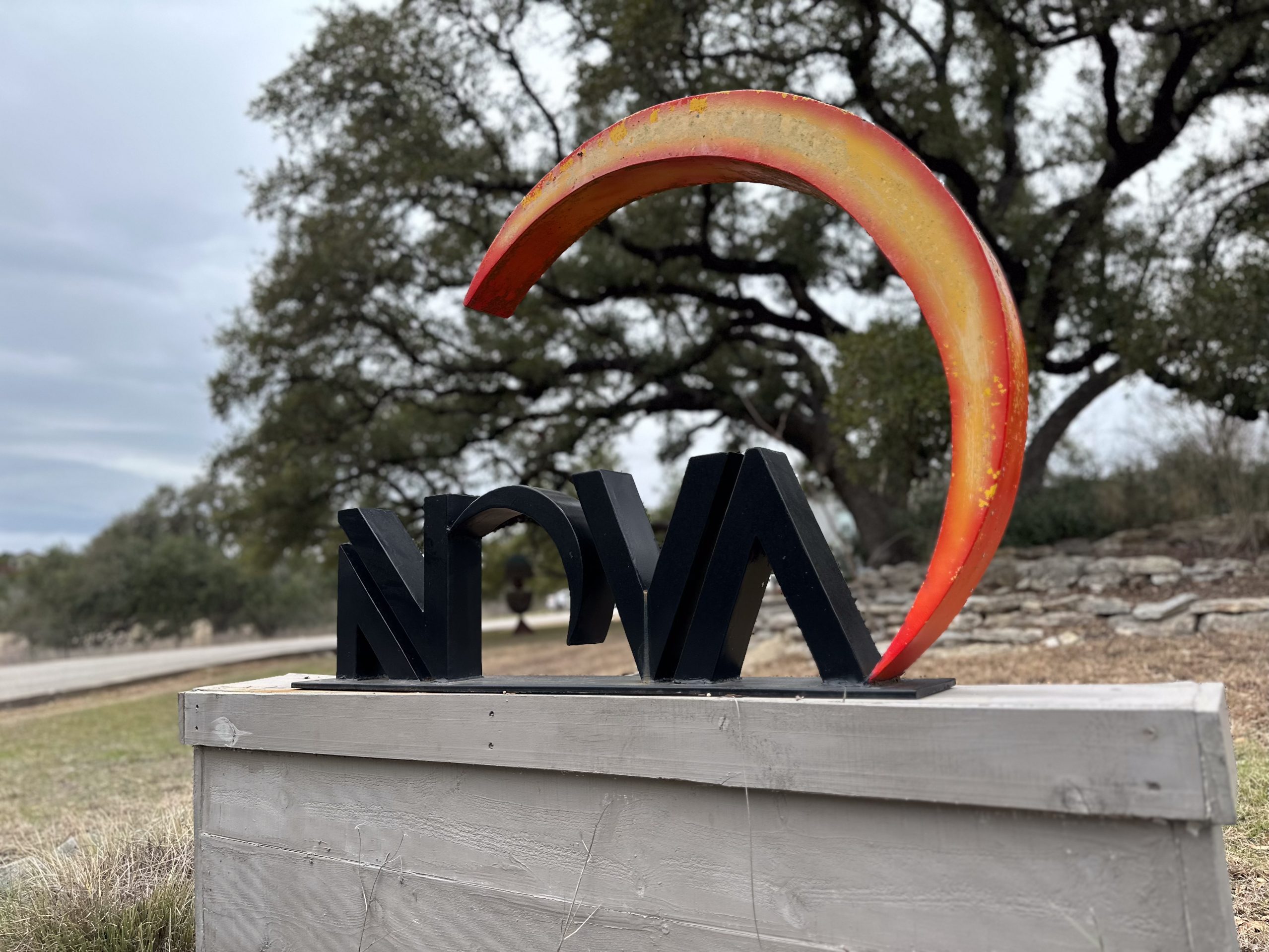

Slang for Krokodil
Common street names for krokodil include:
- Krocodil
- Krok
- Croc
- Alligator drug
Prevalence of Krokodil Use
Krokodil addiction is especially rampant in Russia, where approximately one million people have reportedly used the drug. It has also surfaced in Ukraine, Kazakhstan, Germany, and Norway.
In the United States, the Drug Enforcement Administration first noted reports of krokodil use in 2013 in Arizona. Sporadic cases have since appeared in Illinois and Oklahoma. However, due to the controlled nature of codeine in the U.S., krokodil remains relatively rare.
Why Is Krokodil So Addictive?
Krokodil is extremely addictive due to its potent effects and short duration of action. The high typically lasts less than two hours, encouraging users to inject the drug repeatedly throughout the day. This frequent use accelerates physical dependence and worsens the side effects.
Reasons People Turn to Krokodil
Individuals may seek out krokodil for several reasons:
- It’s significantly cheaper than heroin.
- It can be made from accessible, over-the-counter ingredients.
- Users may already have a substance use disorder (SUD).
Once dependence begins, it becomes increasingly difficult to quit, even when the drug’s consequences are severe.
What Is Krokodil Made Of?
Krokodil is typically created by combining codeine with hazardous chemicals such as:
- Gasoline
- Paint thinner
- Iodine
- Hydrochloric acid
- The red tips of matches
These substances are often not filtered out before injection, making the drug not only toxic but life-threatening. The mixture causes immediate tissue damage and increases the risk of infection and death.
Side Effects of Krokodil Abuse
The short-term and long-term effects of krokodil use can be catastrophic.
Short-term side effects include:
- Drowsiness
- Shallow breathing
- Injection site pain and swelling
- Slurred speech
Long-term effects may include:
- Severe tissue and muscle damage
- Gangrene
- Memory loss
- Blood clots and swollen veins
- Bone decay
- Physical and psychological dependence
- Death
The side effect profile is far more severe than with most opioid drugs due to the impurities involved in its synthesis.
Signs of Krokodil Addiction
Recognizing the signs and symptoms of krokodil addiction early can save lives. Common indicators include:
- Experiencing intense withdrawal symptoms
- Isolating from family members and friends
- Obsessively thinking about using
- Hiding or lying about use
- Failing to quit despite repeated attempts
- Neglecting responsibilities and self-care
- Developing physical symptoms such as rotting skin or infections
Studies showed that once addiction takes hold, users may be reluctant to stop without professional intervention.
Krokodil Withdrawal Symptoms
Krokodil withdrawal symptoms are similar to those associated with heroin or morphine withdrawal. They often include:
- Muscle aches
- Anxiety and agitation
- Runny nose
- Dilated pupils
- Goosebumps
- Sweating and yawning
- Nausea and vomiting
- Diarrhea
- Abdominal cramps
- Insomnia
Although not life-threatening, the symptoms can be so overwhelming that people continue using the drug to avoid them. Medically supervised detox offers a safe and structured environment to manage these symptoms and begin recovery.
More Time. More Joy. More You. Start Now.
WE ACCEPT MOST INSURANCES







Krokodil Detox and Medical Care
Detox is the critical first step in treating krokodil addiction. In a supervised detox facility, healthcare professionals monitor the patient’s physical and mental health conditions while alleviating withdrawal symptoms. Cognitive behavioral therapy (CBT) may also be introduced early to support behavior change.
During detox, patients receive medical care tailored to their needs, including medication management to ease discomfort. Detox also helps reduce the risk of relapse by offering a support system and structure from the beginning of recovery.
Drug Rehab Programs for Krokodil Addiction
After detox, enrolling in a comprehensive drug rehab program is essential. Long-term addiction treatment provides the tools necessary for lasting recovery and personal growth. Rehab addresses both the physical damage and the underlying psychological issues contributing to addiction and abuse.
According to the National Institute on Drug, individuals in treatment for at least 90 days, and ideally for 12 months or longer, experience more consistent long term recovery. While 30 days can be beneficial, the longer duration supports deeper healing and better outcomes.
Treatment Options: Inpatient vs. Outpatient Drug Rehab
Choosing the right level of care is essential. Both inpatient drug rehab and outpatient drug rehab are effective treatment options, but they serve different needs.
Inpatient Drug Rehab
- Patients live at the facility full-time
- Provides a structured, distraction-free environment
- Ideal for those with severe addiction or co-occurring mental health disorders
- Includes daily therapy, group sessions, and full-time supervision
Outpatient Drug Rehab
- Patients live at home and attend scheduled sessions
- Suitable for those with a strong support system
- Allows clients to maintain work, school, or family obligations
- Commonly used in intensive outpatient programs (IOPs)
An intensive outpatient program allows for flexible treatment while still offering the rigor of inpatient care. These programs offer a wide range of services including cognitive behavioral therapy CBT, group therapy, and education.
Freedom Starts Here. Take Back Your Life Today.
Same-Day Admissions in Austin Available.
Developing a Personalized Treatment Plan
A successful treatment plan will be customized to meet the patient’s specific needs. This may involve a combination of therapy sessions, peer support, medication management, and holistic services. A well-rounded approach enhances overall quality of life and promotes sustainable sobriety.
Continued Support: Sober Living Programs and Aftercare
Long-term recovery requires ongoing commitment and support. After leaving rehab, continued care through sober living programs or aftercare is often necessary.
Sober Living Programs
Sober living homes provide a safe, substance-free space where individuals can transition back into daily life. These homes offer:
- Peer monitoring
- Routine drug and alcohol testing
- Tiered recovery programs
- Employment or volunteer support
- Structured schedules and accountability
Living in a sober environment significantly reduces the risk of relapse and gives people a place to heal and rebuild.
Aftercare and Peer Support
Aftercare programs consist of regular group meetings, relapse prevention planning, and skill-building workshops. These groups not only offer emotional support but also serve as a critical resource for people who have stayed sober and want to remain connected.
Peer support enhances the treatment experience by connecting individuals who understand the struggle firsthand. Whether through 12-step meetings or other group formats, it helps people feel less alone and more motivated to continue their recovery journey.
A Safe Future Is Possible
Though krokodil is one of the most dangerous drugs in existence, recovery is achievable with the right support system. Through detox, long – term addiction treatment, sober housing, and aftercare, people can overcome even the most severe substance use disorders.
If you or a loved one is battling krokodil addiction, don’t wait. Call Nova Recovery Center at (512)605-2955 to explore a wide range of treatment facilities and find out how our program offers compassionate care for every stage of recovery—from detox to aftercare. Seeking treatment today could be the first step to live a healthier, more fulfilling life.
Add Your Heading Text Here
What is Krokodil (Desomorphine)?
Krokodil, also known as Desomorphine, is a highly addictive synthetic opioid made with toxic ingredients like codeine, gasoline, paint thinner, iodine, hydrochloric acid, and red phosphorus. It is notorious for its short high and devastating physical effects.
What are the street names for Krokodil?
Street names for Krokodil include Krocodil, Krok, Croc, Zombie drug, Russian Magic, and Poor Man’s Heroin. These names reflect its origins and the severe, zombie-like physical decay it causes.
Why is Krokodil so addictive?
Krokodil is extremely addictive because of its short high duration. Users often inject it repeatedly, leading to rapid physical dependence, severe withdrawal symptoms, and high risk of overdose.
Where is Krokodil most prevalent?
Krokodil use has been reported in Russia and Ukraine, where it became a cheaper alternative to heroin. Cases have also been identified in the United States, raising public health concerns.
What are the effects of Krokodil abuse?
Krokodil abuse leads to severe tissue damage, scaly or rotten skin, gangrene, necrosis, bone decay, infections, and amputations. Long-term use often results in death within a few years.
What are the signs of Krokodil addiction?
Signs of Krokodil addiction include intense withdrawal symptoms, isolation, obsession with obtaining the drug, hiding use, and visible physical decay such as rotting skin or open wounds.
What withdrawal symptoms does Krokodil cause?
Krokodil withdrawal symptoms include muscle aches, agitation, nausea, vomiting, insomnia, diarrhea, sweating, goosebumps, and extreme cravings, making medical detox essential.
Can Krokodil addiction be treated?
Yes, treatment is possible through medical detox, inpatient rehab, outpatient rehab (IOP), personalized treatment plans, trauma-informed care, peer support, sober living programs, and relapse prevention strategies.
